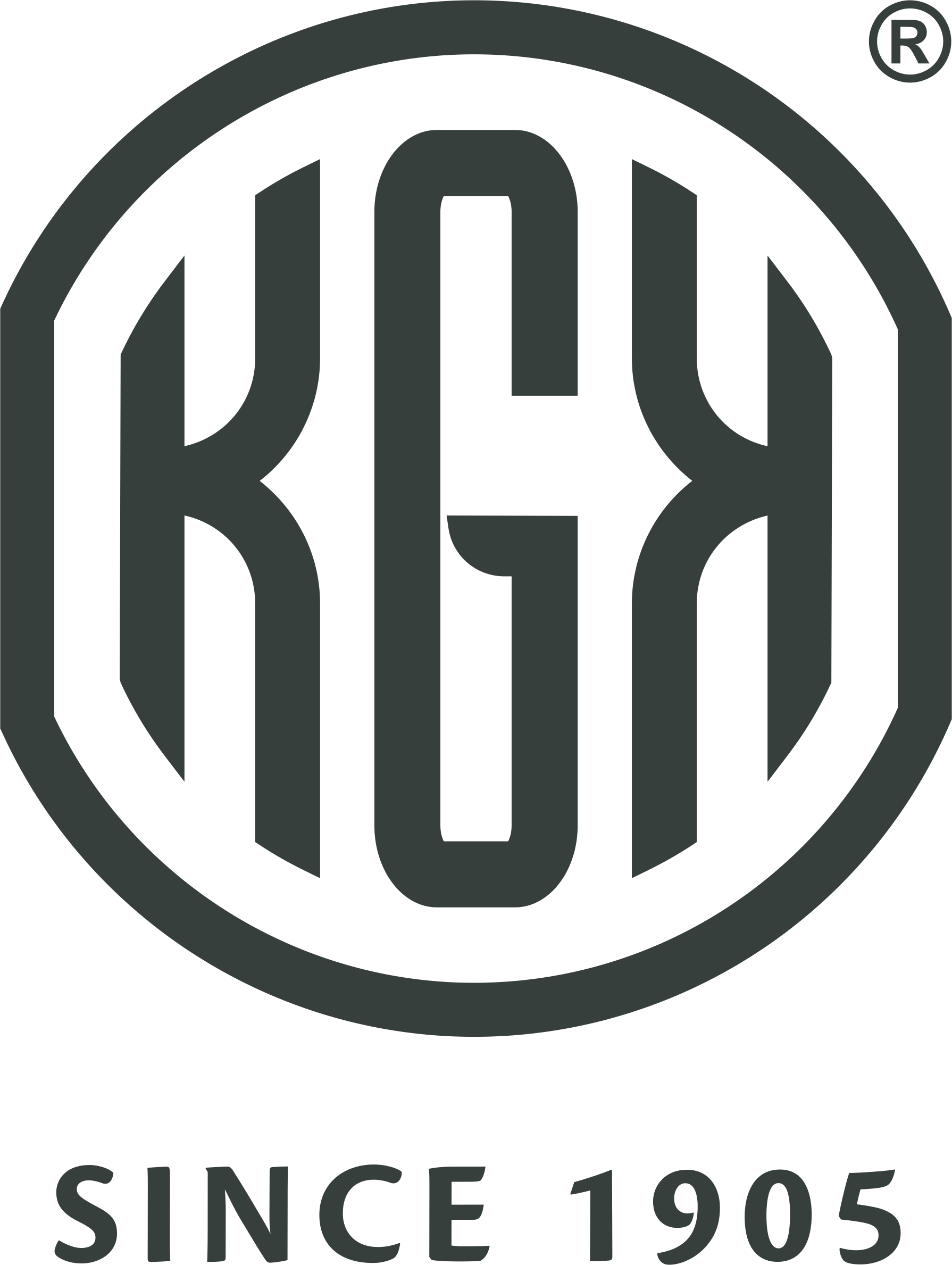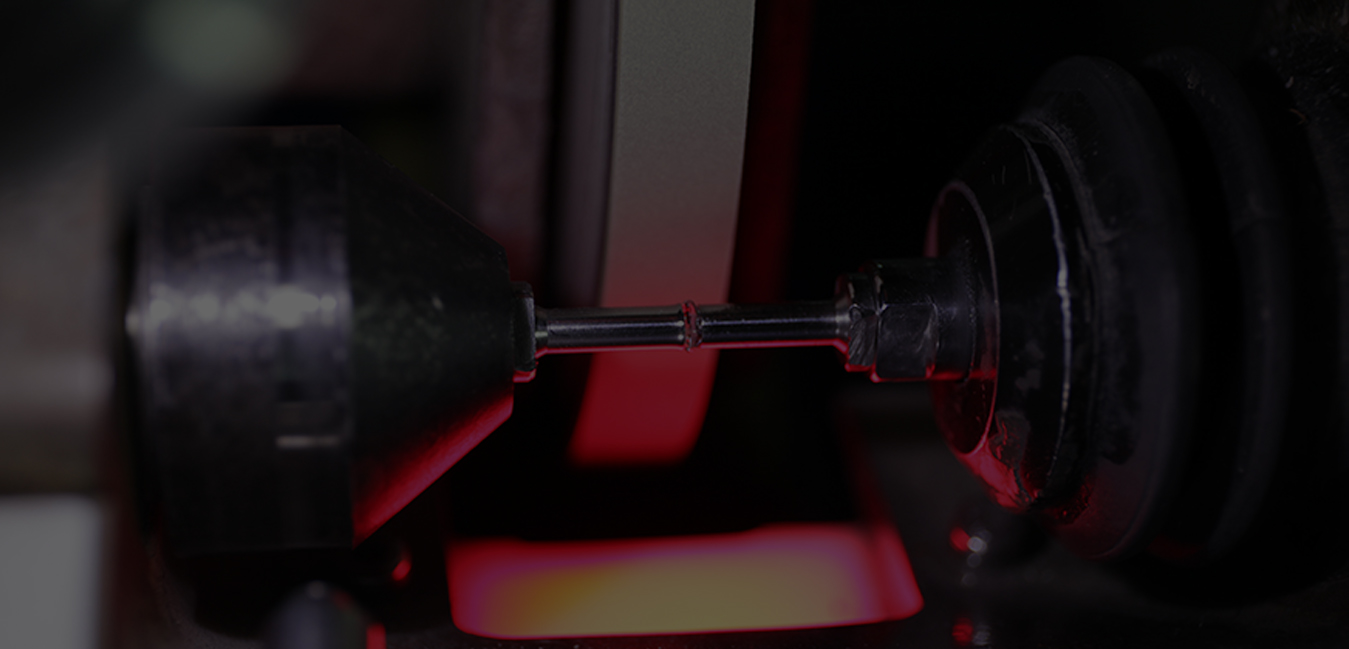Although the words etching and engraving might mean the same to you; in the world of jewellery, the technological aspects of both these words share stark dissimilarities. If you are looking at your jewellery and figuring out whether it is etched or engraved, then we’ll suggest you give up.
While both of these techniques are great for creating unique designs, it can be quite tricky to figure out from a look. Laser engraving and etching are unique applications of laser technology with their distinct processes, applications, benefits, and fundamentals.
To make your next jewellery purchase more personal and informed, we’ll talk you through the difference between etching and engraving.
ETCHING
The etching is a traditional technique used to create designs on metal. In this process, the metal sheet is prepped with an acid-resistant wax to draw the lines onto it. Once the acid is submerged, it leaves behind incised markings.
With technological advancement, new forms of etching have come up like laser etching. As technologies have progressed, new forms of etching are available – such as laser etching.
ENGRAVING
The main difference lies in the amount of metal scraped. As opposed to etching, engraving leaves a much deeper incision. In engraving, the plate of soft metal is cut into with a burin tool to create an image/design.
The Difference:
The laser has, predominantly, become a new way of etching and engraving. Similar to their traditional processes; let’s understand the key differences between laser etching and engraving:
Effect On Material
- Laser Etching: It produces a high contrast marking on the surface as it vaporizes just the surface layer of the material.
- Laser Engraving: It leaves a cone-shaped indication on the surface of the material.
Cut Depth
- Laser Etching: It produces a shallow cut in the material. The depth of laser etching is not more than 0.001” (typically).
- Laser Engraving: It leaves a cone-shaped indication on the surface of the material.
Durability
- Laser Etching: Most of the time, laser-etched marks don’t last a lifetime. They are less durable and appropriate for surfaces with less interaction with wear and tear.
- Laser Engraving: Laser engraved marks last for a long time and are ideal for items that are expected to experience regular wear and tear. As laser engraving creates deeper cuts, it is ideal for creating long-lasting markings on a variety of materials.
Versatility
- Laser Etching: This technique shows effective results on almost all kinds of metals, including plastic, wood, leader, glass, or even paper.
- Laser Engraving:While its effect depends upon the kind of material, this technique is ideal for plated metals, steel, ceramics, and aluminum, etc.
Whether it is engraving, etching or marking, they all are common methods for creating markings on materials. Their applications depend upon a variety of factors, the material, the usage, the design requirement, etc. These innovative techniques cater to the diverse needs of the jewellery industry.
Being one of the largest fine jewellery wholesalers in India, we, at KGK, continuously invest in advanced technology like these for a range of innovative products.









